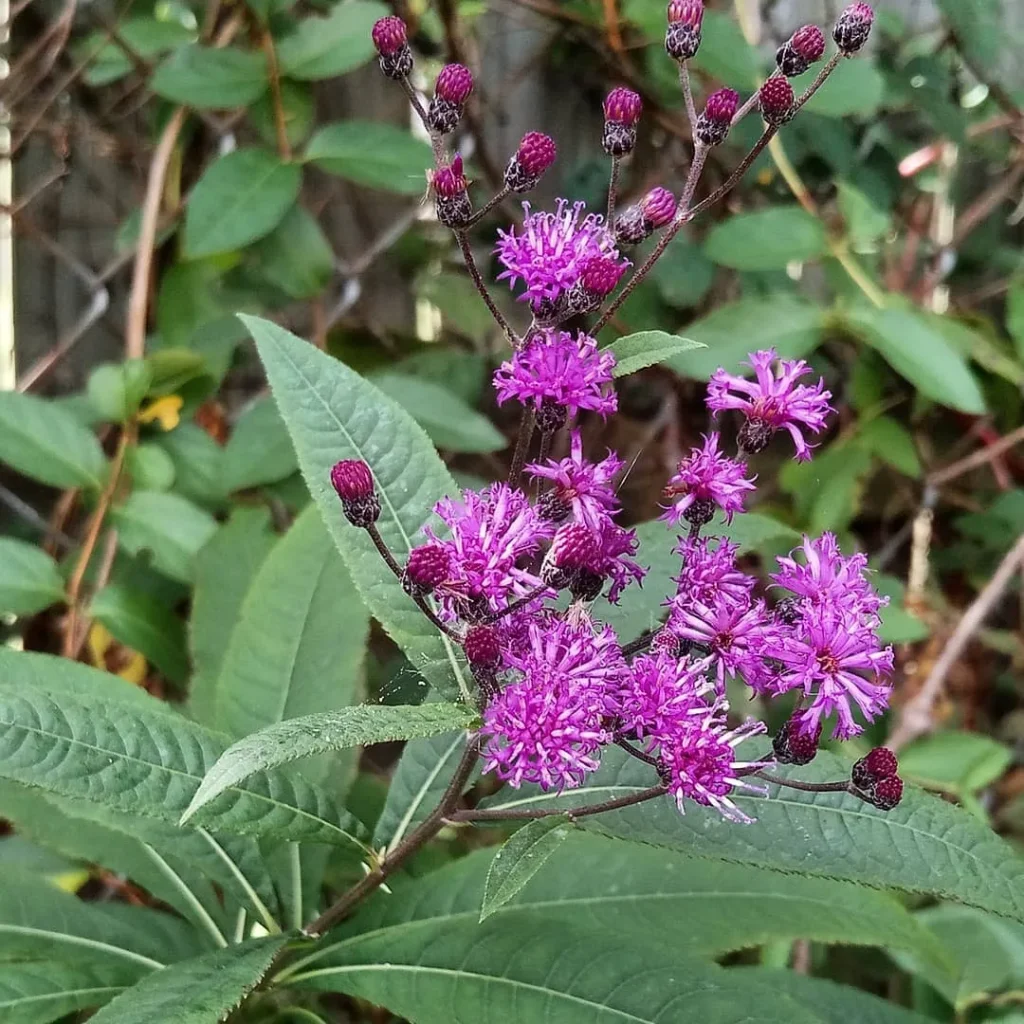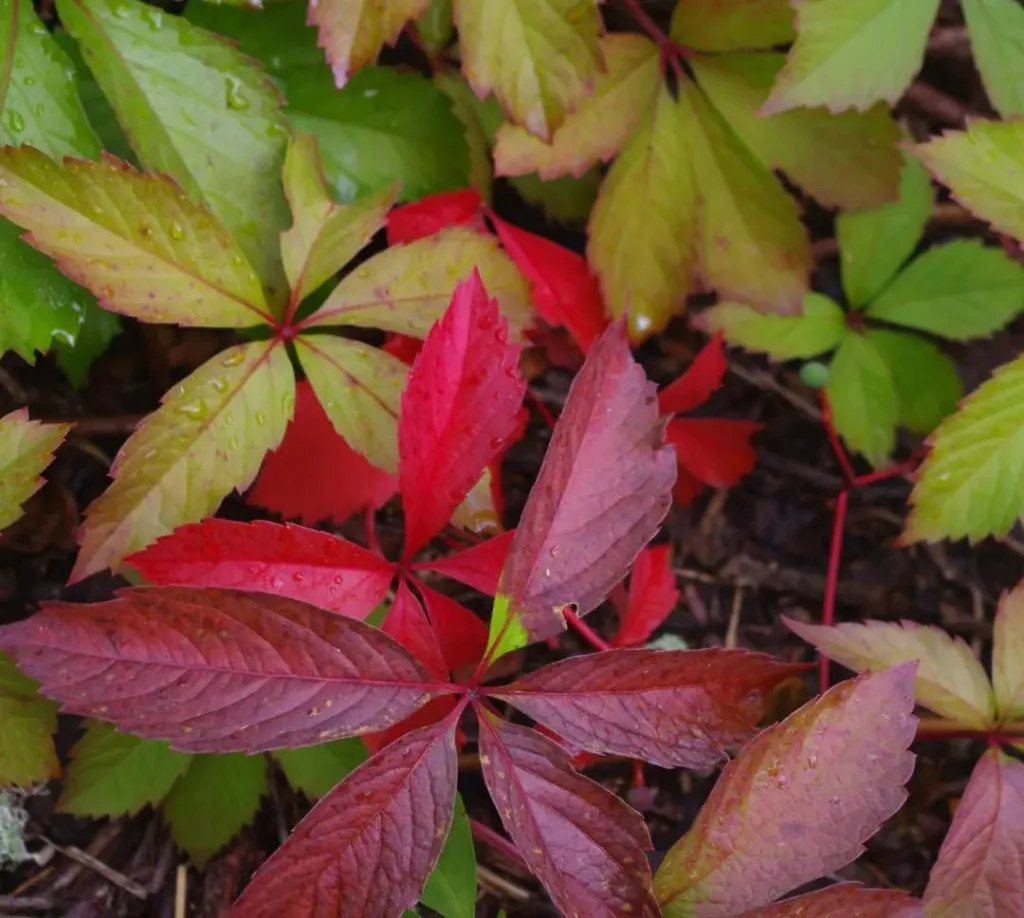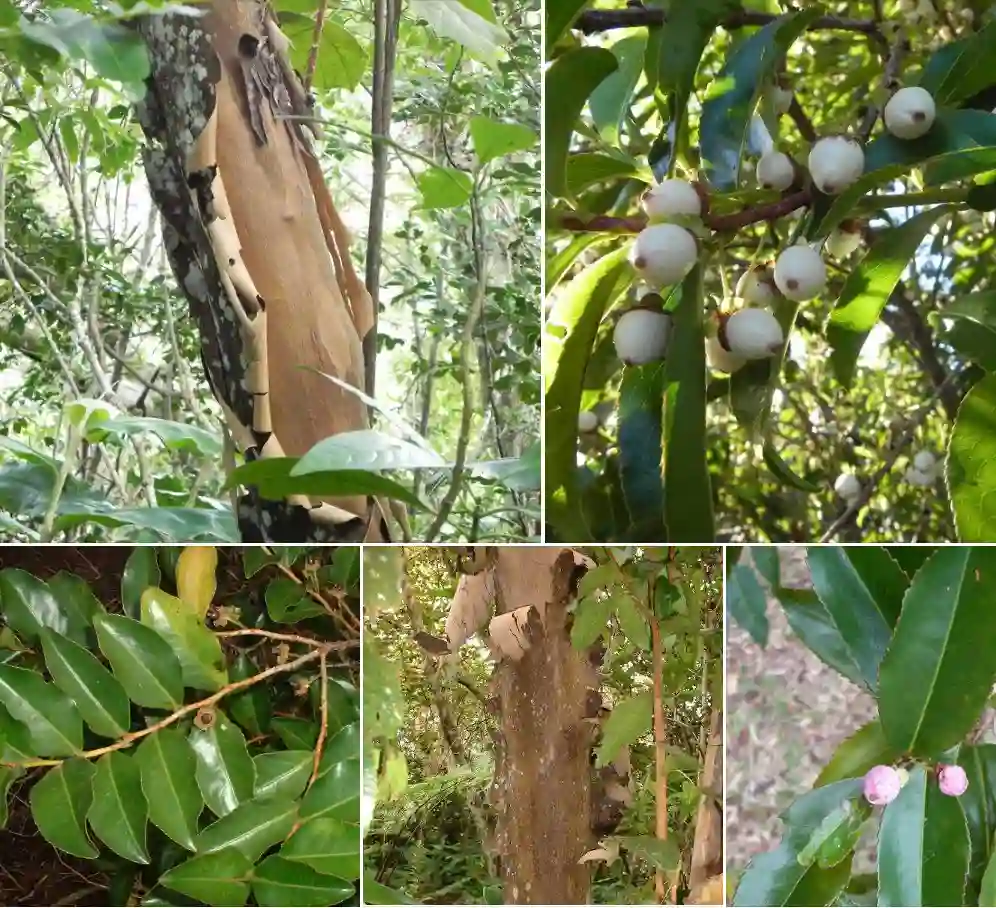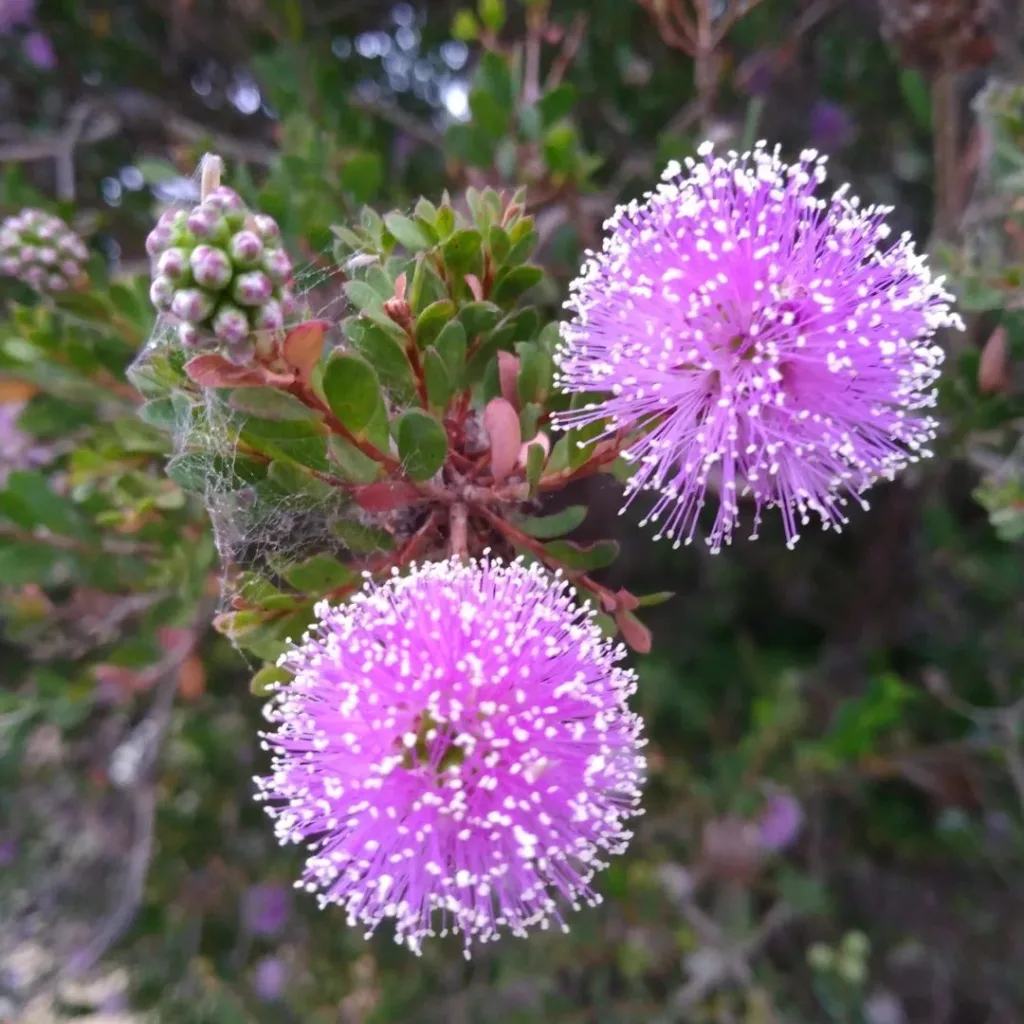What is Quercus Chrysolepis?
Quercus Chrysolepis, commonly known as Canyon Live Oak or Golden Cup Oak, is a unique and adaptable species of oak native to the western United States. This evergreen tree thrives in a variety of environments, from coastal regions to mountainous areas. It can grow into a large tree with a sprawling canopy or remain a shrub in harsher conditions. The leaves are leathery and have a glossy green upper surface, while the underside can range from golden to white, giving the tree its characteristic name.
657 Species in Genus Quercus
How to Care for Quercus Chrysolepis?
Caring for a Quercus Chrysolepis is relatively easy, as it’s a hardy plant that adapts well to different conditions. However, it’s important to keep in mind a few basics:
- Soil: This oak prefers well-draining soils. While it can tolerate poor soils, loamy or sandy soils with good drainage work best.
- Watering: Once established, the Canyon Live Oak is drought-tolerant. However, watering during prolonged dry spells can help it stay lush.
- Sunlight: It grows well in full sun to partial shade. In hotter climates, a bit of shade during peak sun hours is beneficial.
- Pruning: Minimal pruning is needed. Trim dead or weak branches to maintain shape, but excessive pruning can hinder its natural growth form.
- Fertilizer: Quercus Chrysolepis typically doesn’t require much fertilizer. If the soil is particularly nutrient-poor, a slow-release, balanced fertilizer can be applied in early spring.
How to Propagate Quercus Chrysolepis?
Propagation of Quercus Chrysolepis is most commonly done through seeds. Here’s a simple method:
- Collect Acorns: Gather ripe acorns from the tree in late summer to early fall. Look for fully formed, mature acorns without cracks or blemishes.
- Stratification: Acorns need a period of cold stratification to germinate. Place them in a moist medium, like sand or peat moss, and store them in the refrigerator for 2-3 months.
- Planting: After stratification, plant the acorns about an inch deep in a well-draining potting mix. Keep the soil moist but not soggy, and place the container in a sunny spot.
- Transplanting: Once the seedlings develop strong roots and a few sets of leaves, they can be transplanted outdoors. Be sure to choose a location where the tree will have room to grow.
What to Plant with Quercus Chrysolepis?
When considering companion plants, it’s essential to choose species that share similar soil and water needs. Native plants, especially those adapted to dry conditions, work well with Quercus Chrysolepis. Some good companion plants include:
- Manzanita: A native shrub that thrives in the same dry, rocky soils as the oak.
- Ceanothus (California Lilac): This evergreen shrub complements the oak’s dark foliage with its vibrant blue flowers.
- Sagebrush: Its drought tolerance and silvery foliage contrast nicely with the oak’s glossy leaves.
These plants not only share similar environmental needs but also enhance the overall aesthetic of the landscape.
Is Quercus Chrysolepis Toxic?
Quercus Chrysolepis is not highly toxic to humans, but it can be harmful if consumed in large quantities. The acorns and leaves contain tannins, which can cause digestive discomfort. Livestock, particularly cattle, should not graze on large amounts of oak leaves or acorns, as it can lead to oak poisoning. For household pets, like dogs and cats, the risk is minimal unless they consume significant amounts of leaves or acorns.
What are the Benefits of Quercus Chrysolepis?
There are numerous benefits to growing Quercus Chrysolepis:
- Wildlife Support: The tree provides food and shelter for various wildlife species. Birds, squirrels, and deer feed on its acorns, while many small animals find refuge in its branches.
- Erosion Control: The tree’s extensive root system helps prevent soil erosion, making it an excellent choice for sloped or rocky landscapes.
- Drought Resistance: Once established, it’s highly drought-tolerant, requiring minimal water, which makes it ideal for xeriscaping.
- Aesthetic Appeal: Its unique appearance, with golden-backed leaves and a dense canopy, adds visual interest to any landscape.
What are Common Problems with Quercus Chrysolepis?
Despite its hardiness, Quercus Chrysolepis can face a few challenges:
- Pests: Oak gall wasps are known to cause galls (abnormal growths) on the branches, although these typically don’t harm the tree. Insect infestations, such as scale or aphids, are rare but can be managed with insecticidal soaps if needed.
- Diseases: Fungal diseases like oak root rot can be an issue in poorly drained soils. Avoid overwatering and ensure the soil has good drainage to minimize this risk.
- Leaf Drop: During prolonged droughts, the tree may shed some leaves as a survival mechanism. While this can look concerning, the tree usually recovers once water becomes available.
How Does Quercus Chrysolepis Compare to Similar Species?
Quercus Chrysolepis is often confused with other oaks, particularly Quercus Agrifolia (Coast Live Oak) and Quercus Wislizeni (Interior Live Oak). The key differences are:
- Quercus Agrifolia has more sharply pointed leaves compared to the rounder, golden-backed leaves of Quercus Chrysolepis.
- Quercus Wislizeni tends to grow taller and more tree-like, whereas Quercus Chrysolepis can take on a shrubby form in harsher environments.
Can Quercus Chrysolepis be Used for Landscaping?
Yes, Quercus Chrysolepis is an excellent choice for naturalistic or xeriscaped gardens. Its ability to thrive in poor soils, coupled with its drought resistance, makes it ideal for water-wise gardening. Plus, its evergreen foliage provides year-round interest. It can be used as a stand-alone specimen or as part of a wildlife-friendly planting scheme.
In summary, Quercus Chrysolepis is a versatile, low-maintenance oak species that brings both beauty and environmental benefits to the garden. Whether you’re looking for a plant to withstand tough conditions or attract wildlife, this oak fits the bill. Just remember to give it the space and care it needs, and it will reward you for years to come.
If i die, water my plants!



